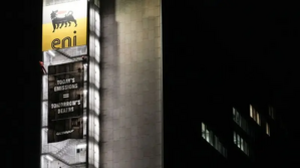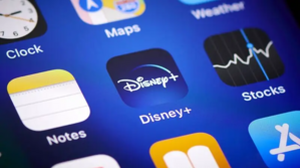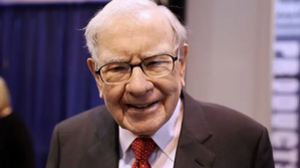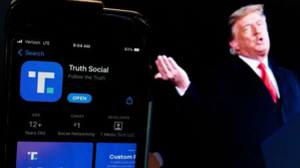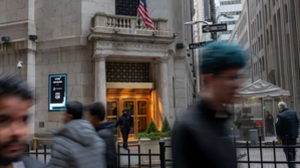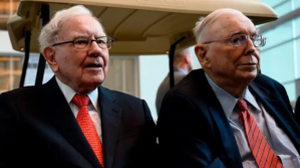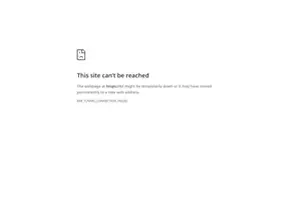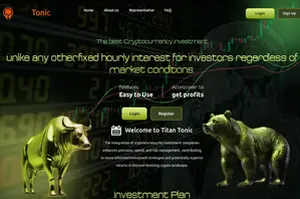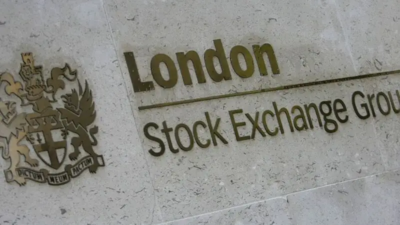What Wall Street got wrong about 2023
Stocks went gangbusters in 2023, but hardly anyone saw it coming.
Many on Wall Street entered last year predicting more of the same after a terrible performance the previous year: Stocks and bonds fell in tandem in 2022, as the Federal Reserve aggressively hiked interest rates to tame inflation and recession worries grew. Big tech stocks in particular got hammered on expectations that higher rates would raise borrowing costs and eat into their profits.
In a surprise turnaround, stocks broke out from the get-go. A handful of tech stocks amassed such immense gains that they became known as the “Magnificent Seven.” Investors shrugged off a regional banking crisis, debt ceiling worries and geopolitical tensions, albeit not without some short-term volatility in markets.
The S&P 500 index soared 24% last year, the Dow Jones Industrial Average gained 14% and the Nasdaq Composite popped a whopping 43%.
That’s also despite spikes in bond yields, which common Wall Street wisdom says tends to whet investors’ appetites for high-yielding cash over riskier assets like stocks. The S&P 500 ended 2023 with a nine-week rally, its longest streak of gains since January 2004.
Another fear never came to pass: Recession.
Economists and investors alike warned in 2022 that the economy could enter a recession by early 2023.
Instead, the labor market and broader economy stood strong even as rates reached their highest level in 22 years. So did consumer spending, as Americans opened up their pocketbooks for everything from summer travel to Taylor Swift’s and Beyoncé’s tours to holiday shopping.
Wall Street pushed recession bets further and further out, before experts from JPMorgan Chase to Bank of America scrapped their 2023 recession forecasts.
“The most widely anticipated recession in modern history that was supposed to happen in 2023 never happened,” said Jamie Cox, managing partner at Harris Financial Group. Still, a recession isn’t completely out of the cards for 2024.
Early last year, the collapse of several regional banks took markets by surprise, sending stocks tumbling and bond yields plunging. The turmoil also sparked worries that the Fed could over-tighten and tip the economy into a downturn.
“There is nothing like a banking crisis to instill fear in the market,” wrote Adam Turnquist, chief technical strategist at LPL Financial, in a note on Tuesday.
Stocks recovered from that sell-off. Some investors expected the Fed to begin lowering rates, with the federal funds futures market pricing in several cuts for the latter half of 2023. But the central bank instead brought rates to their highest level in 22 years and held them there, as inflation trended lower but remained above the Fed’s 2% target.
Rate cuts could come later this year. The Fed has penciled in three rate cuts for this year, according to their latest economic projections released last month. Chair Jerome Powell indicated in a press conference following the Fed’s December policy meeting that the central bank is at or near the end of its current tightening cycle.
Americans spent a record $222 billion shopping online this holiday season
Americans ramped up their online shopping this past holiday season, splurging on a record-setting $222 billion worth of electronics, toys and other items, reports my colleague Matt Egan.
The spending haul between November 1 and December 31 marks a 4.9% increase from the previous holiday shopping season, according to an Adobe Analytics report released Thursday.
Shoppers were enticed by deep discounts as well as Buy Now, Pay Later options, according to Adobe. The findings add to the evidence that Americans are still spending aggressively — despite telling pollsters they don’t like this economy.
Adobe previously reported that shoppers spent a record $12.4 billion online shopping on Cyber Monday alone.
Adobe said online shopping discounts hit record highs this holiday season, peaking at 31% off list price for electronics, compared with 25% in 2022. Toy discounts peaked at 28% (compared with 34% in 2022) and apparel peaked at 24% (compared with 19% in 2022).
Consumers also leaned on short-term financing. Buy Now, Pay Later usage increased by 14% from last year to a record $16.6 billion.
The Adobe numbers are not adjusted for inflation. Online prices fell by 5.3% year-over-year in December, according to Adobe. That means the increase in spending this holiday season was driven by rising demand, not price fluctuations.
St. Louis Fed names Alberto Musalem as its new president
Latino economist Alberto Musalem has been named as the next president and CEO of the Federal Reserve Bank of St. Louis, the bank announced Thursday.
Musalem, 55, replaces James Bullard, who left the bank on August 14 to become the inaugural dean of Purdue University’s Mitchell E. Daniels, Jr. School of Business.
After completing his 2022 term, Bullard did not vote on monetary policy decisions in 2023, reports my colleague Bryan Mena.
Bullard would have served as an alternate voting member in 2024. Musalem will not be a voting member at the central bank’s policy meetings until 2025.
“As an experienced economist, former Federal Reserve leader, collaborator and communicator, he comes with the exceptional technical expertise and leadership abilities needed to contribute to effective policymaking and advance a large organization in service to the public,” said Carolyn Chism Hardy, who serves on the bank’s board of directors, in a release.
Read more here.
Maybe You Like
London Stock Exchange urged to do more to hold onto retail traders
The UK stock market needs to improve investor communication and engagement in order to retain its individual traders, according to a report from online trade and investor provider CMC Markets. ADVERTISEMENTUK retail investors are increasingly...
Hargreaves Lansdown rejects private equity takeover bid
The UK investment platform says the offer from a group including the Abu Dhabi Investment Authority undervalues the firm. ADVERTISEMENTHargreaves Lansdown has rebuffed a takeover proposal worth £4.67 billion (€5.48 billion) made...
Ferrovial set to offload UK regional airports amid Heathrow deal uncertainty
Ferrovial is planning to sell its stake in three UK regional airports amid difficulties in finalising its £2.4bn sale of a 25% stake in Heathrow. ADVERTISEMENTSpanish infrastructure company Ferrovial is reportedly putting up for sale...
